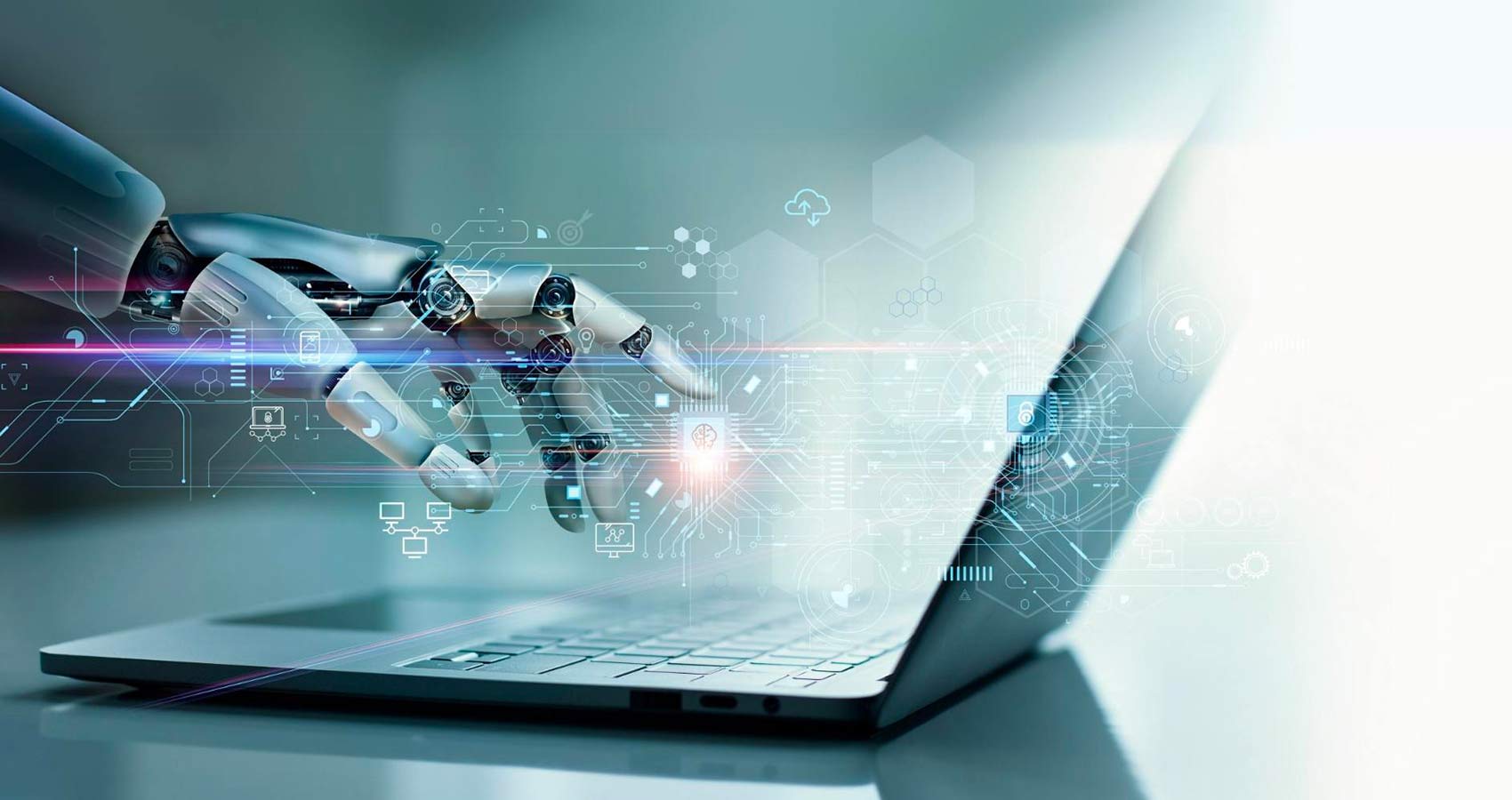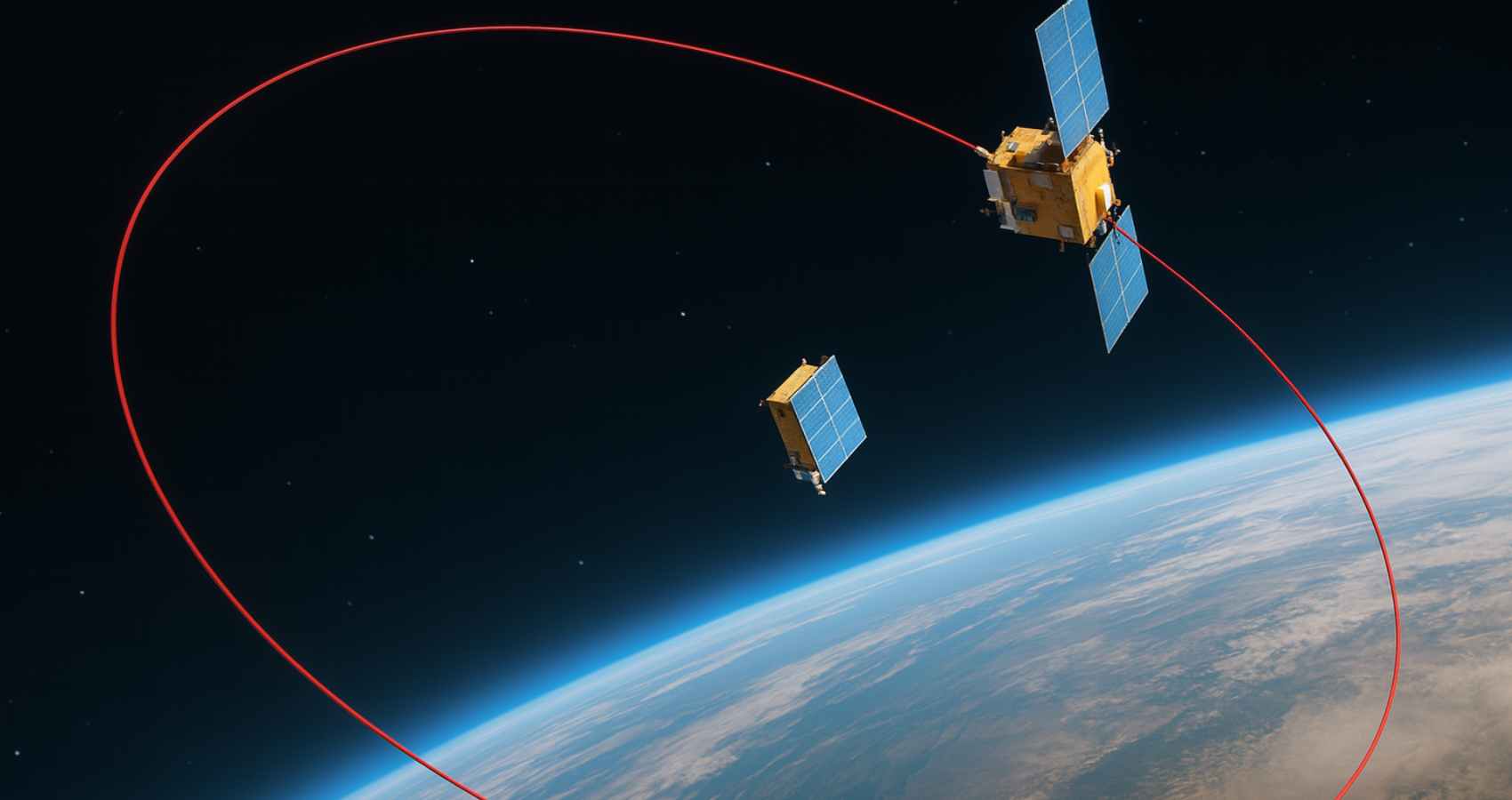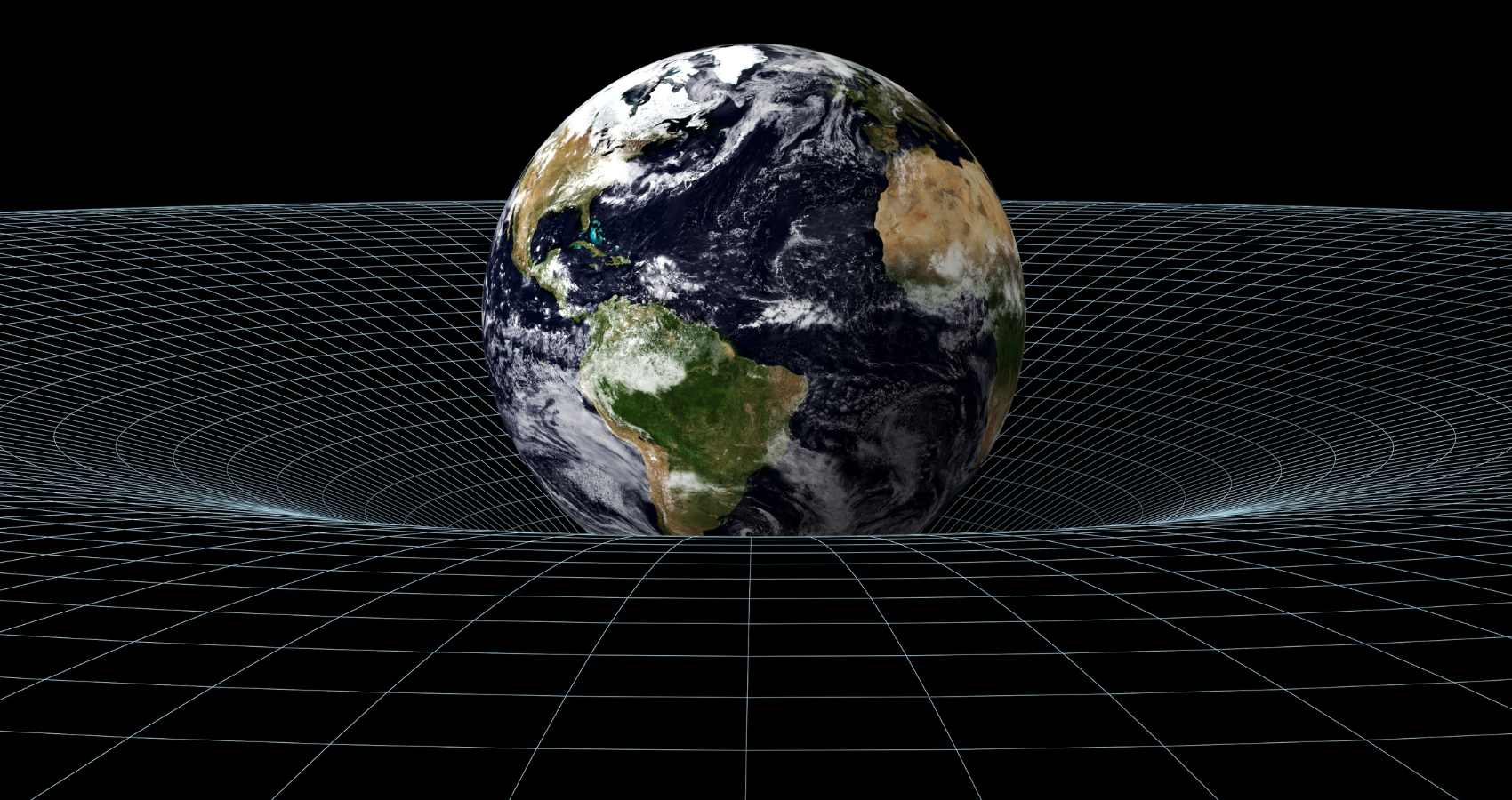
innovation
The article addresses the space rendezvous problem, focusing on the controlled approach between satellites in elliptical orbits, and introduces novel impulsive control strategies. By leveraging advanced tools such as Floquet–Lyapunov theory and hybrid dynamical systems, the research enables precise, fuel-efficient, and safe maneuvers for future autonomous satellite missions.
This research focuses on self-healing composite materials able to recover a large portion of their mechanical properties after damage. By modifying PA6 and integrating short and long carbon fibres, significant fatigue-life improvements were achieved, with recovery sometimes exceeding 100%. Thermoset laminates also benefit from thin polymer layers made via additive manufacturing. The work enables applications in automotive and aerospace sectors.
When we think of a computer, we picture it dealing with numbers: additions, multiplications, data turning into results. This is numerical computation, the type we use every day with calculators, spreadsheets, and simulation software.But scientific computing also has another dimension: symbolic computation. Combining symbolic and numerical computation enables stable and efficient simulations of complex dynamic systems. It simplifies DAEs, reduces computation time, and allows simulations that purely numerical methods cannot handle.
Titanium dioxide (TiO₂), widely used in cosmetics and industrial products, is often silanized to improve stability and limit the formation of reactive oxygen species. However, new research from the University of Trento and Milano-Bicocca reveals that this treatment actually promotes the generation of singlet oxygen, a highly reactive species. This finding highlights promising applications in sustainable organic synthesis, such as the production of limonene epoxide.
As global electricity demand grows, fast and accurate frequency and ROCOF measurements are vital for grid stability. Combining synchronized PMU data with data fusion methods enhances observability, reduces uncertainty, and strengthens future smart grids.
Smart composites with tougher and self-healing interfaces enhance structural safety and durability. AIMAT research achieved +45% interfacial adhesion and up to 100% recovery, paving the way for more sustainable and long-lasting materials.
ESA’s LISA mission, planned for 2035, will detect gravitational waves from space to study gravity and supermassive black holes. Building on LISA Pathfinder’s success, it will open new frontiers in fundamental physics.
For over ten years, the University of Trento’s DII has developed CMOS pixel sensors for radiation detection, with applications in physics, space, medicine, and industry. Innovative projects and awards highlight its global research excellence.
A study by the Department of Industrial Engineering explores enameled panels as durable, aesthetic and sustainable cladding. Despite higher initial costs, they ensure long service life, lower maintenance, and reduced environmental impact.
Global Navigation Satellite Systems have transformed our relationship with space: today, we can precisely locate objects, people, and vehicles, paving the way for innovations in logistics, robotics, and personalized services with unprecedented accuracy.
But what happens when satellites can’t “see” us because their signals are blocked by walls and structures?
But what happens when satellites can’t “see” us because their signals are blocked by walls and structures?
Through integrated photonics and squeezed light, researchers are developing new technologies to detect gravitational waves. These advances aim to make future detectors more compact, stable, and efficient, expanding our ability to listen to the universe.
Today the pressure from population growth and global consumption, combined with the planet’s limited capacity to supply resources and absorb waste, calls for a shift in direction: we must transition to a circular economy. This more forward-thinking vision is built around the principles of "repair – reuse – recycle" (the three Rs), where circularity is not only technical, but also cultural and social.













